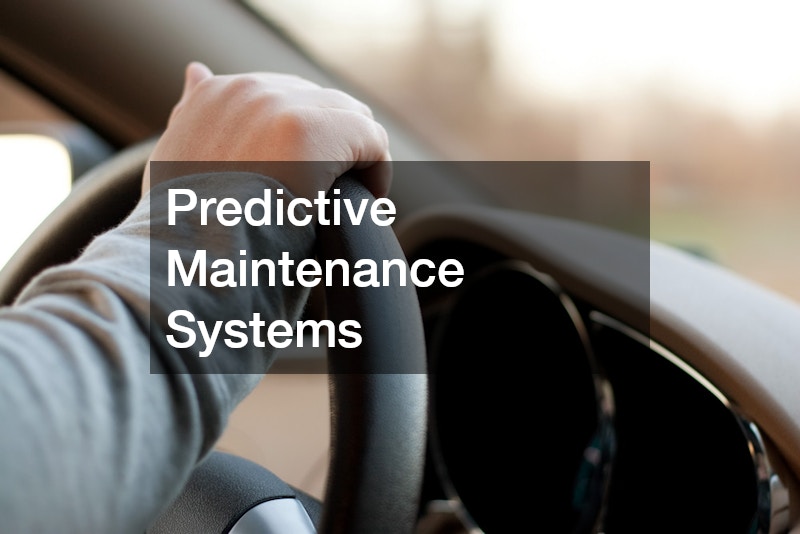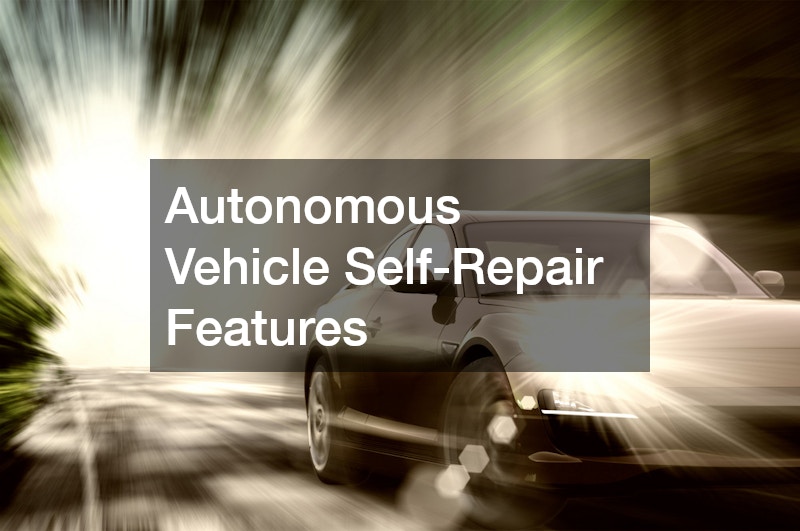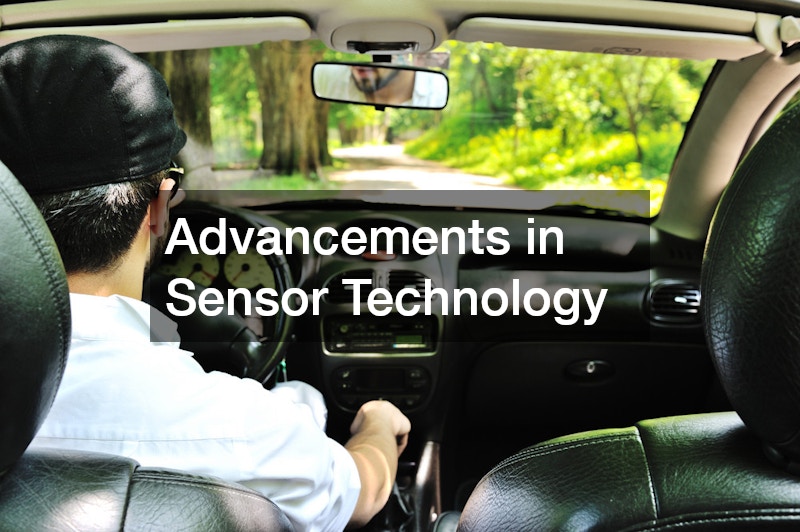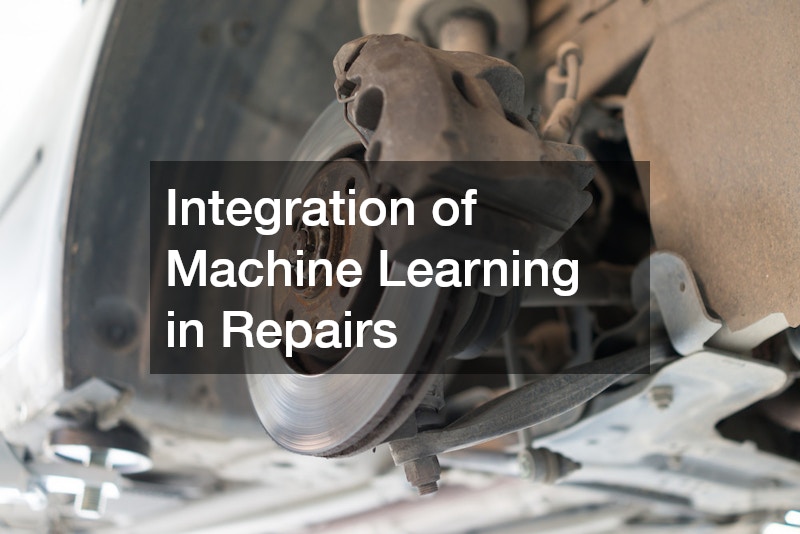
Exploring Car Maintenance Innovations
The automotive industry is undergoing a revolutionary transformation, with technology playing a central role in reshaping how vehicles are maintained and repaired. Automatic car maintenance is no longer a futuristic concept—it is rapidly becoming the standard for vehicle care. By integrating advanced systems such as AI-driven tools, IoT connectivity, and robotics, car owners can enjoy a more efficient, reliable, and proactive approach to maintenance. These innovations not only streamline the process but also enhance safety, reduce costs, and extend the lifespan of vehicles.
This new wave of technology eliminates much of the guesswork and delays associated with traditional maintenance. Instead of waiting for a problem to arise, automatic car maintenance leverages real-time data, predictive analytics, and machine learning to address issues before they escalate. These advancements not only benefit individual car owners but also set new standards for the automotive industry. As we look toward the future, it’s clear that these technologies are paving the way for smarter, greener, and more accessible vehicle care, changing the way we think about car ownership. If you ever suspect your vehicle to have some sort of issue that isn’t easily identifiable, contacting a professional can be a good idea. Approaches to vehicle repair with modern technology can help expedite the repair process and put you back in the driver’s seat sooner.

Predictive Maintenance Systems
Predictive maintenance systems represent a groundbreaking shift in how vehicle care is managed. Unlike traditional maintenance schedules, which are based on fixed intervals, predictive systems use real-time data to monitor the performance of various components. This approach identifies potential issues, such as brake wear or declining battery efficiency, before they cause breakdowns or safety risks. By addressing problems early, predictive maintenance ensures vehicles stay in optimal condition, reducing costly repairs and unplanned downtime.
For a car body shop, predictive maintenance is a game-changer. With real-time diagnostics, body shops can proactively identify structural weaknesses, such as minor dents or hidden corrosion, that might otherwise go unnoticed until they cause significant damage. For example, sensors can alert the shop to slight misalignments in a vehicle’s frame after a collision, enabling precise and timely repairs. This proactive approach not only enhances the quality of repairs but also improves customer satisfaction by minimizing future complications. Predictive maintenance is a cornerstone of automatic car maintenance, blending technology with foresight to create a smarter, more efficient system for vehicle care.
AI-Driven Diagnostics Tools
AI-driven diagnostics tools are revolutionizing the way vehicle issues are identified and resolved. These advanced systems use artificial intelligence to analyze data from sensors and onboard computers, providing instant and highly accurate assessments of a car’s condition. This eliminates the trial-and-error process often associated with traditional diagnostics, saving both time and money. From engine troubles to electrical malfunctions, AI tools can pinpoint problems with unparalleled precision, ensuring that no issue goes unnoticed.
Through automated integration, these tools seamlessly connect with other vehicle systems and service platforms to streamline maintenance workflows. For instance, an AI diagnostic system might detect a fuel efficiency issue and automatically schedule a repair while ordering the necessary parts. This level of automation not only reduces human error but also enhances the overall efficiency of vehicle care. By combining speed, accuracy, and automation, AI-driven diagnostics tools are a vital component of automatic car maintenance, setting new standards for precision and convenience in the automotive industry.

Autonomous Vehicle Self-Repair Features
Autonomous self-repair features are pushing the boundaries of what automatic car maintenance can achieve, allowing vehicles to handle minor repairs without human intervention. These systems are equipped with advanced sensors, AI algorithms, and robotic components that enable vehicles to diagnose and address small issues independently. For example, cars can recalibrate their sensors, patch software glitches, or even make mechanical adjustments to maintain optimal performance. This innovation reduces the need for frequent service visits, minimizing downtime and enhancing convenience for drivers.
In the realm of auto detailing, autonomous self-repair features can extend beyond functional maintenance to address aesthetic concerns. Imagine a car that detects minor scratches or paint imperfections and applies a protective sealant or polish automatically. Such technology ensures that vehicles maintain their visual appeal without requiring constant trips to a detailing center. By integrating autonomous repair systems with detailing enhancements, automatic car maintenance becomes a holistic process that balances functionality and appearance, redefining the standards for vehicle care.
Internet of Things (IoT) in Car Maintenance
The Internet of Things (IoT) is revolutionizing automatic car maintenance by creating a network of interconnected devices that share real-time data about vehicle performance and health. IoT-enabled vehicles use sensors to gather and transmit information about engine diagnostics, tire pressure, fluid levels, and more, often directly to the driver’s smartphone or a service provider’s platform. This connectivity allows for proactive maintenance, ensuring that issues are addressed before they become major problems. Drivers benefit from real-time updates and alerts, enabling them to stay informed about their vehicle’s condition at all times.
For those managing junk cars, IoT technology can add unexpected value. Sensors embedded in older vehicles can provide data about usable components, such as engine parts or batteries, streamlining the recycling or salvage process. This connectivity ensures that even vehicles at the end of their lifecycle can be managed efficiently, reducing waste and maximizing resource utilization. By incorporating IoT into automatic car maintenance, the industry is moving toward a future where every vehicle is smarter, more efficient, and easier to maintain.

Advancements in Sensor Technology
Advancements in sensor technology are a driving force behind the evolution of automatic car maintenance, enabling vehicles to monitor their performance with unparalleled precision. Modern sensors can track everything from tire pressure and fluid levels to engine vibrations and temperature fluctuations. These sensors provide real-time data that helps detect potential issues, such as overheating or excessive wear, long before they escalate into costly repairs. This proactive approach improves vehicle reliability and ensures a safer driving experience.
In the context of collision repair, advanced sensors are invaluable for identifying damage and guiding repairs. For example, sensors embedded in the vehicle’s frame can pinpoint the exact location and severity of impact damage, allowing technicians to make precise adjustments. Additionally, some sensors are capable of detecting hairline fractures in structural components, ensuring that no hidden issues compromise the vehicle’s safety. These advancements in sensor technology not only enhance the accuracy of repairs but also elevate the overall standard of automatic car maintenance, making it more efficient and dependable.
Remote Monitoring and Maintenance Solutions
Remote monitoring and maintenance solutions are revolutionizing the way car owners manage their vehicles, offering unparalleled convenience and real-time insights. These systems leverage connected technologies, such as sensors and cloud platforms, to continuously track a car’s performance and condition. With remote monitoring, drivers can check engine health, battery levels, and tire pressure from their smartphones or other devices, receiving instant alerts when maintenance is needed. This not only helps prevent unexpected breakdowns but also allows for better planning and cost management.
For auto glass services, remote monitoring technology can be a game-changer. Embedded sensors in windshields can detect tiny chips or cracks, immediately notifying the driver before the damage spreads. This proactive approach ensures timely repairs, saving costs and maintaining the safety and integrity of the vehicle. By integrating remote monitoring into automatic car maintenance, vehicle care becomes more responsive and preventative, reducing delays and ensuring a seamless experience for car owners.

Integration of Machine Learning in Repairs
Machine learning is revolutionizing automatic car maintenance by enabling systems to analyze data, identify patterns, and adapt to unique situations. This technology allows vehicles to predict potential failures and recommends personalized maintenance schedules based on a driver’s habits, the car’s usage, and environmental conditions. Machine learning algorithms are also used to refine diagnostics and optimize repair processes, making car maintenance faster, more accurate, and cost-effective.
For paintless dent removal, machine learning offers a tailored solution to bodywork challenges. By analyzing data from previous repairs, the system can guide automated tools to precisely identify and repair dents without damaging the paint. These systems learn from each operation, improving their accuracy and efficiency over time. This application not only speeds up the repair process but also minimizes the need for expensive and invasive procedures, showcasing how machine learning is a critical advancement in the evolution of automatic car maintenance.
Role of Robotics in Car Servicing
Robotics is playing an increasingly central role in car servicing, automating tasks that once required significant manual effort. From tire changes and oil replacements to complex diagnostics and component assembly, robotic systems ensure consistency, precision, and speed. These automated systems reduce human error and minimize service times, offering a more reliable and efficient approach to car maintenance.
For local towing service providers, robotics can significantly enhance operations by introducing autonomous towing vehicles. Equipped with robotic arms and advanced sensors, these systems can safely and efficiently load and transport vehicles to service centers. This reduces the risk of damage during towing and streamlines the process for both customers and providers. Robotics in car servicing not only enhances the efficiency of maintenance but also sets the stage for a future where vehicle care is faster, safer, and more innovative.
Real-time vehicle health monitoring is a game-changer in the realm of automatic car maintenance, providing drivers with continuous updates on their vehicle’s performance and condition. These systems utilize a network of sensors embedded throughout the vehicle, constantly collecting and transmitting data. From engine temperature and brake wear to fuel efficiency and battery health, real-time monitoring offers unparalleled insights. Drivers are alerted to potential issues instantly, allowing them to address problems before they escalate into costly repairs or dangerous breakdowns.
For vehicle wrap services, real-time monitoring can extend beyond mechanical health to include the exterior condition of the car. Sensors can detect changes in temperature, UV exposure, or physical damage that might compromise the integrity of the wrap. These alerts enable timely maintenance, ensuring that the aesthetic and protective qualities of the wrap remain intact. By combining real-time monitoring with preventive care, automatic car maintenance becomes a seamless process that keeps vehicles in peak condition, enhancing both performance and appearance.
Sustainability in Automatic Maintenance Technology
Sustainability is a growing priority in the automotive industry, and automatic car maintenance technology is evolving to meet this demand. From energy-efficient diagnostic tools to biodegradable cleaning products, advancements in maintenance technology are reducing the environmental impact of vehicle care. Automated systems also help minimize resource waste by ensuring timely and precise maintenance, which extends the life of components and reduces the need for replacements.
The integration of car trailer technology exemplifies how sustainability can be incorporated into maintenance logistics. Efficient car trailers can transport multiple vehicles at once, reducing fuel consumption and emissions compared to individual transport. Additionally, trailers equipped with energy-efficient technologies can further lower their carbon footprint. By prioritizing sustainable practices, automatic car maintenance not only improves vehicle performance but also aligns with global efforts to reduce environmental impact, creating a greener future for the automotive industry.
Making Informed Decisions For Your Vehicle
The future of automatic car maintenance technology is a perfect fusion of innovation, efficiency, and sustainability. From predictive maintenance systems and AI-driven diagnostics to robotics and IoT connectivity, these advancements are redefining the way vehicles are maintained. They empower drivers to stay proactive, reduce unexpected breakdowns, and optimize the overall performance and lifespan of their vehicles. Automatic car maintenance is no longer just about fixing problems—it’s about creating smarter, more adaptive systems that ensure vehicles remain safe, efficient, and reliable.
Beyond individual benefits, these technologies also contribute to a broader vision for the automotive industry. Real-time monitoring, sustainable solutions, and advanced automation set new standards for vehicle care, addressing the environmental challenges of the future while meeting the needs of modern drivers. As these technologies continue to evolve, they promise to revolutionize how we think about car maintenance, offering a streamlined, eco-friendly, and highly effective approach. Embracing these innovations ensures not only better-performing vehicles but also a more sustainable and connected future for everyone on the road.